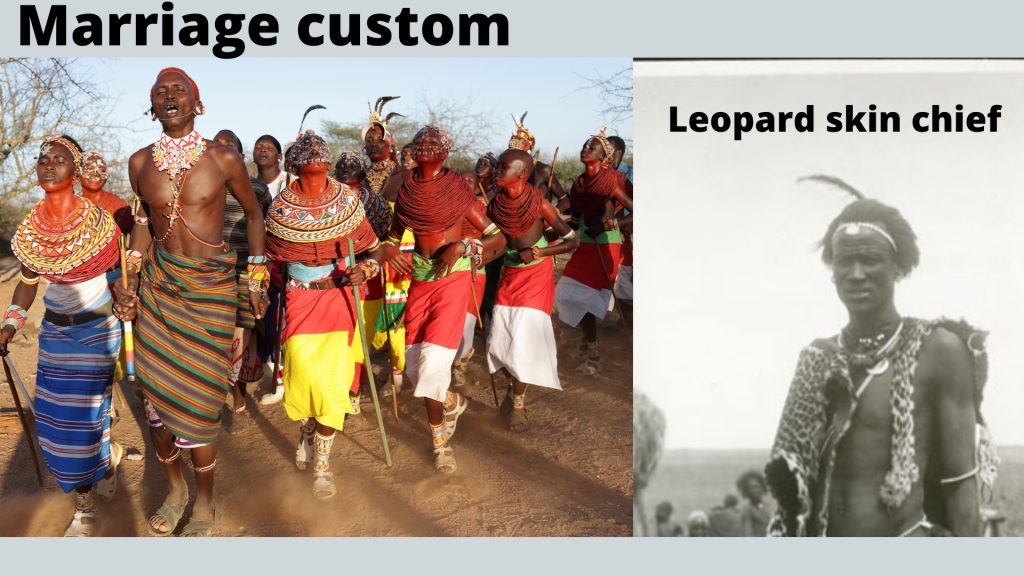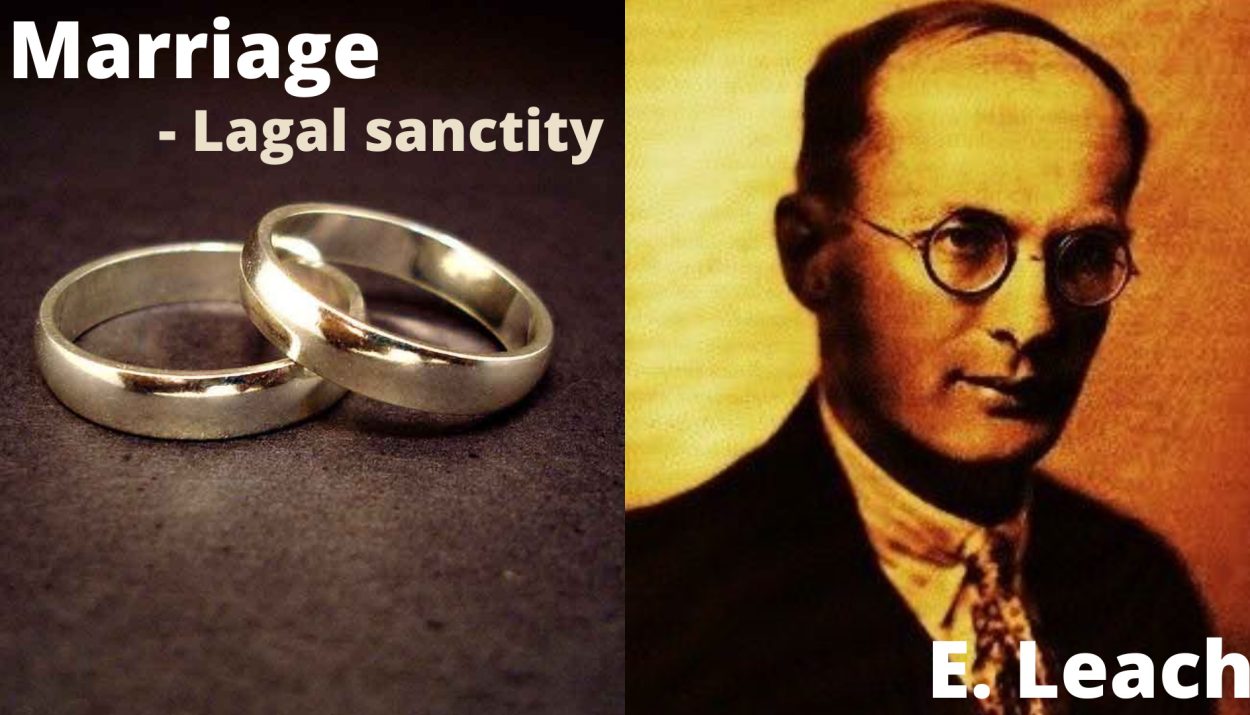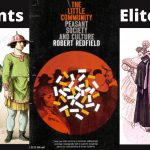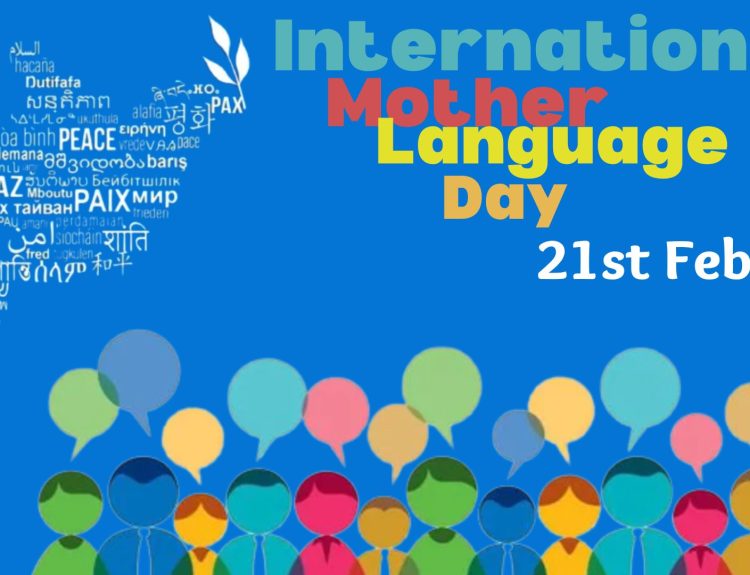Marriage-a social institution is an important part of society. Definitions and rituals of marriage are different for different people. There is no universal definition of marriage.
Notes and Queries on Anthropology (1954-55) was written by team members of the Royal Anthropological Society of Great Britain and Ireland. Here marriage is defined as “a union between a man and a woman such that the children born to the woman are recognized as legitimate off-springs of both partners”.
This definition includes-
Marriages occur between man and woman.
The child is born out of the mother.
The child born is legal to both parents.
The marriage is not always between man and woman. Here are some examples-
1. Nuer Ghost Marriage

Nuer is a tribe of Sudan, Africa. They are fighters. They believe in revenge.
Suppose there are two families- X and Y.
If members of the X family killed a member of the Y family then the other members of the Y family try to kill the members of the X family. The members of the X family try to save themselves and from which they move to Leopard skin chief.
Leopard skin chief is a religious head. When X’s family goes to the chief, the members of Y’s family cannot kill X’s family. But chief cannot protect the X family for a long period. In the meantime, the chief tries to settle the matter by way of compensation.
At last X family compensate the Y family for their loss and in return, X family save their lives from the Y family.
After the settlement, the Y family is unable to forget the murder of their member and they keep on trying to kill the X family members in future. They use the received settlement money as Bridewealth and marry the girl in the name of their dead member. The girl is then asked to have sex with any member of the family and the child born takes revenge on the dead person.
2. Women to women marriage among the Nuer
Here a Nuer woman A (especially a witch doctor) marries woman B by giving money to the bride. Then that Nuer woman A asks a member of her family to have sex with bride B. The children born are of female A.
3. Nayar marriage system
To read in detail go through the link- Nayar marriage
4. Berdache tradition

This tradition is found among some of the Indian races of North America. Here some males dressed as females and they start acting like a female. Later they marry a man due to which no child is born. They then hire a woman to have a child and the child born belongs only to males.
5. Group marriage in a Toda
6. Jaunsari tribe

Here polyandry (single wife with many husbands) is found.
The above examples show that the definition given in Notes and Queries does not apply to all cultures.
According to Kathleen Gough, “Marriage is a relationship established between a woman and one or more other persons, which provides that a child born to the woman under circumstances not prohibited by the rules of the relationship is accorded full birth-status rights common to normal members of his society or social stratum”
Edmund Leach had the opinion that there is no use in giving any definition of marriage as no definition fulfils all aspects of marriage. Instead, he gave 10 rights associated with marriage and said that if the relation between man and woman falls under these rights then such relation will be considered as marriage.
The 10 rights are as follows-
- To establish the legal father of a woman’s children.
- To establish the legal mother of a man’s children.
- To give the husband a monopoly in the wife’s sexuality.
- To give the wife a monopoly in the husband’s sexuality.
- To give the husband partial or monopolistic rights to the wife’s domestic and other labour services.
- To give the wife partial or monopolistic rights to the husband’s labour services.
- To give the husband partial or total rights over property belonging or potentially accruing to the wife.
- To give the wife partial or total rights over property belonging or potentially accruing to the husband.
- To establish a joint fund of property- a partnership- for the benefit of the children of the marriage.
- To establish a socially significant ‘relationship of affinity’ between the husband and his wife’s brothers.
Functions of marriage
- Procreation of children
- Establishes family
- Recognition to the born children
- Brings legal sanctity in the relationship of man and woman
- Socialization of children
- Regulates sexual behaviour
- Maintains the norms of the incest taboo
- Economic cooperation between husband and wife lead to the upliftment of a family







